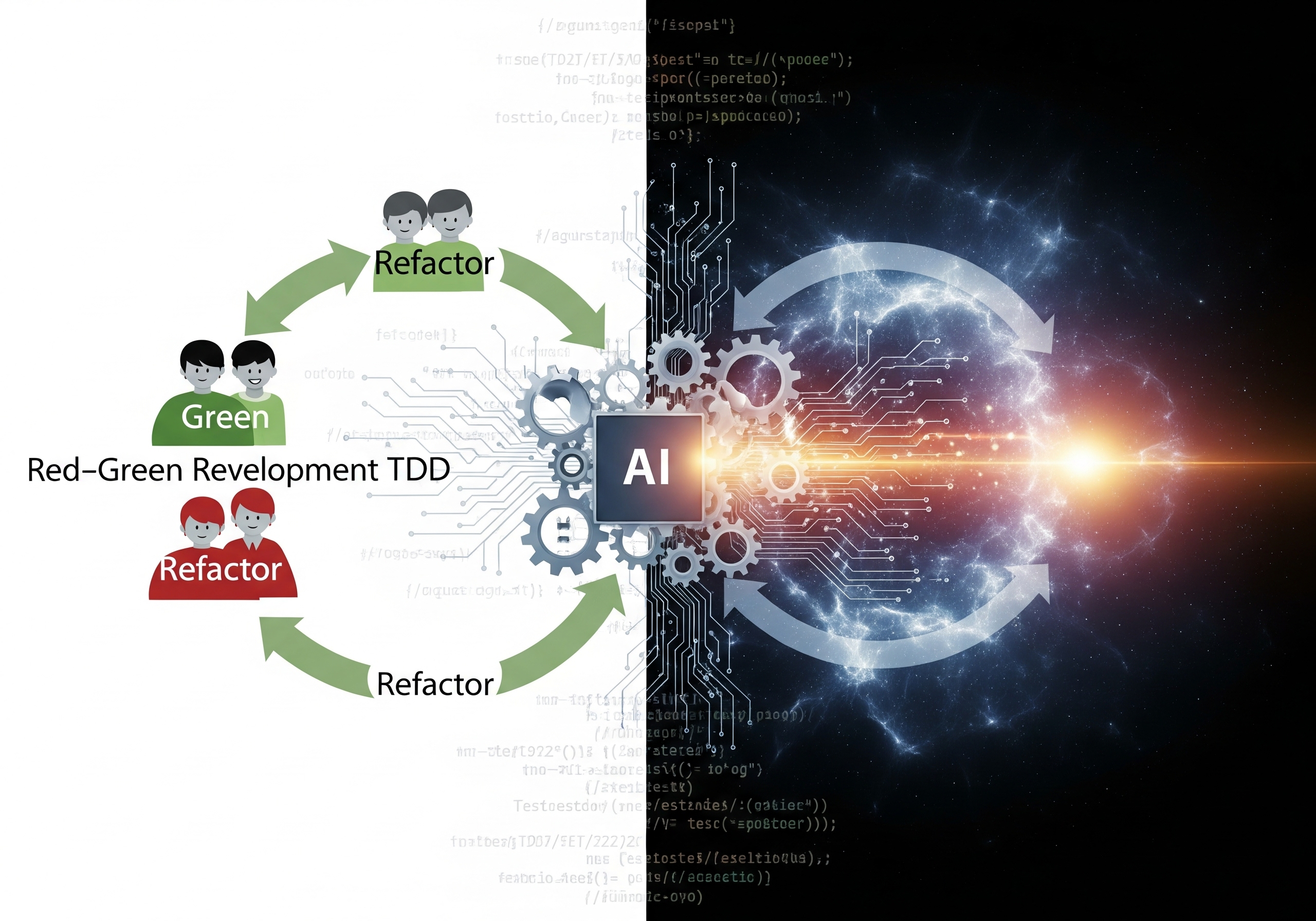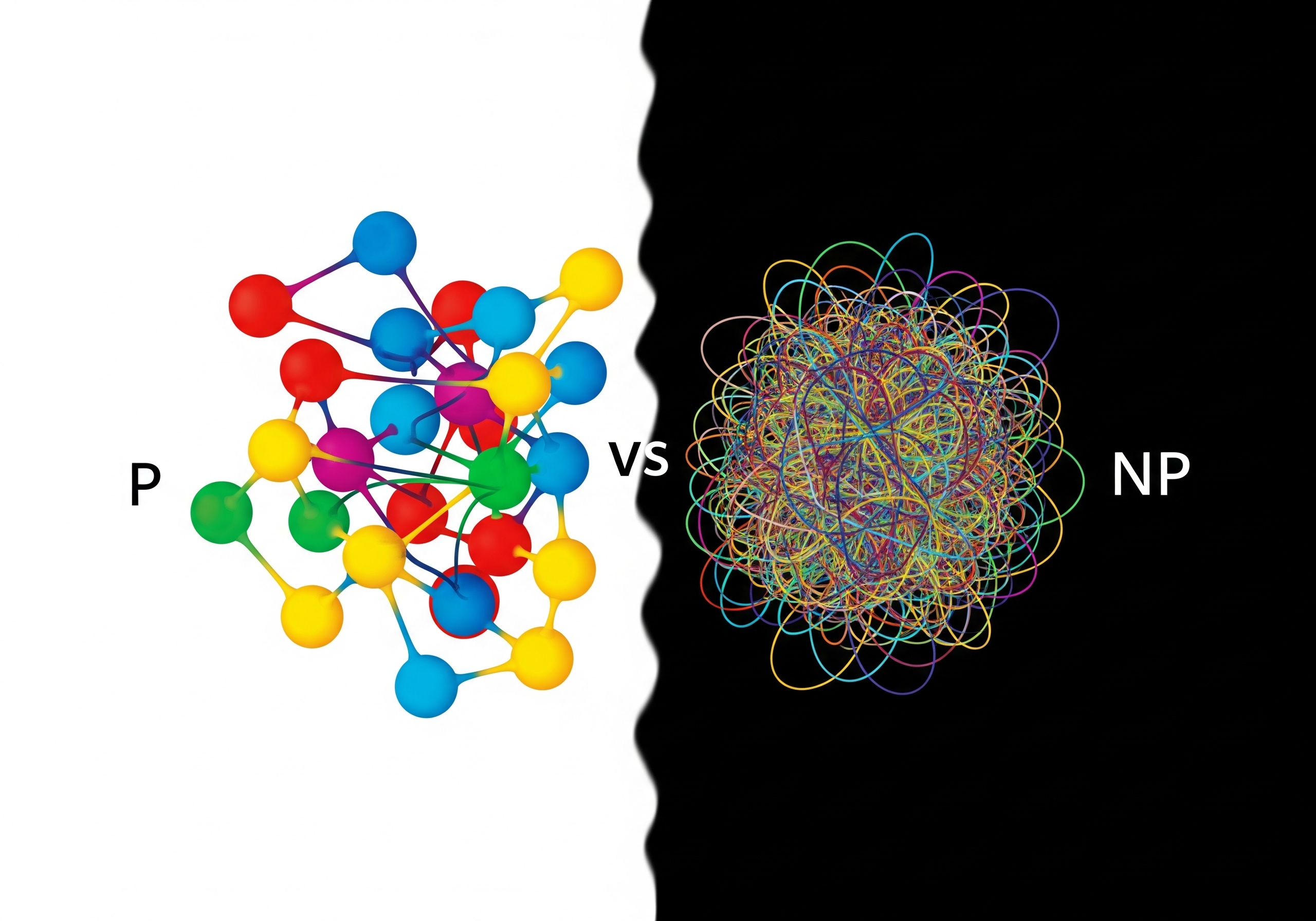Table of Contents
The digital world is booming. From streaming services to complex AI computations, software underpins nearly every aspect of modern life. But this digital revolution comes with an often-overlooked environmental cost: a significant and growing carbon footprint. As developers, engineers, and tech leaders, we have a crucial role to play in mitigating this impact. Enter Green Software Engineering and, more specifically, the practice of Carbon-Aware Computing.
It’s no longer enough for software to be merely functional and efficient; it must also be sustainable. The Green Software Foundation (GSF) is at forefront of this movement, providing invaluable principles, patterns, and guidance to help us build applications that are kinder to our planet. One of their key focus areas is making our software carbon-aware.
What Exactly is Carbon-Aware Computing?
At its core, carbon-aware computing means designing and running software that does its work when and where the electricity is cleanest. The carbon intensity of electricity grids fluctuates constantly. It depends on the mix of energy sources being used at any given time – renewables like solar and wind are clean, while fossil fuels are carbon-intensive.
A carbon-aware application can:
- Time-shift workloads to run when renewable energy is abundant (e.g., running a batch process in the middle of a sunny day).
- Location-shift computations to data centers or regions with lower carbon electricity.
- Demand-shape by adjusting its behavior based on the current carbon intensity of the grid – perhaps reducing non-essential features during peak, dirty energy times.
The goal is simple: minimize the carbon emissions generated by your software’s operations without compromising its essential functions.
The Green Software Foundation: Guiding the Way
The Green Software Foundation provides a wealth of resources for organizations and individuals looking to reduce the environmental impact of their software. Their work encompasses several key areas relevant to carbon-aware deployments:
- Principles of Green Software Engineering: These foundational tenets include building carbon-efficient applications, energy-efficient applications, and hardware-efficient applications. Carbon awareness directly supports the “carbon-efficient” principle.
- Patterns for Green Software: The GSF catalogs practical, reusable solutions to common green software challenges. Patterns related to demand shifting, time shifting, and selecting greener regions are directly applicable here.
- Software Carbon Intensity (SCI) Specification: This standard provides a methodology for scoring the overall carbon intensity of a software application, offering a tangible metric for improvement. Understanding SCI can drive decisions towards more carbon-aware architectures.
- Community and Collaboration: The GSF fosters a community of practitioners, researchers, and companies dedicated to advancing green software, sharing best practices, and developing new tools.
Practical Steps for Greener Deployments with GSF Insights
Leveraging the GSF’s guidance, here are some practical steps to make your deployments more carbon-aware:
Understand Your Energy Mix: Investigate the carbon intensity of the electricity grids where your applications are hosted. Many grid operators and third-party services (like WattTime, Electricity Maps, or Carbon Aware SDK) provide APIs that offer real-time and forecasted carbon intensity data. Implement Time-Shifting for Non-Critical Workloads: Identify processes that don’t need to run immediately. Schedule these tasks to coincide with periods of high renewable energy generation or low grid carbon intensity. This is often the lowest hanging fruit for carbon reduction. Explore Location-Shifting: For new deployments or if you have a distributed architecture, consider the carbon intensity of different data center regions. Choosing a region powered by a cleaner grid can make a significant difference. The GSF’s principles can guide this selection process. Practice Demand Shaping: Design your applications to gracefully degrade non-essential features or reduce fidelity when carbon intensity is high. For example, a video streaming service might slightly reduce default resolution during peak carbon times. Optimize for Energy Efficiency: While distinct from carbon awareness, energy efficiency is a core GSF principle that complements it. Less energy consumed overall means fewer emissions, regardless of the source. Optimize your code, infrastructure, and data transfer. Measure and Iterate: Utilize metrics like the SCI to track your progress. Continuously monitor your application’s carbon footprint and look for new opportunities for improvement.
Beyond Environmental Benefits
Adopting carbon-aware computing isn’t just an environmental imperative; it can also bring tangible business benefits:
- Cost Savings: Running workloads during off-peak hours or when renewable energy is cheaper can lead to reduced energy bills.
- Enhanced Brand Reputation: Demonstrating a commitment to sustainability can improve your brand image and appeal to environmentally conscious customers and employees.
- Future-Proofing: As carbon regulations and pricing become more common, early adoption of green practices can provide a competitive advantage.
The Path Forward
The journey to truly green software is ongoing. Challenges remain, such as the complexity of accurately forecasting carbon intensity and integrating awareness into existing complex systems. However, with the guidance of organizations like the Green Software Foundation and a collective commitment from the tech community, we can make substantial progress.
By embracing carbon-aware computing, we can transform our software from being part of the climate problem to being a powerful part of the solution. Let’s leverage the tools, knowledge, and collaborative spirit available to us to build a greener digital future.




Start the conversation